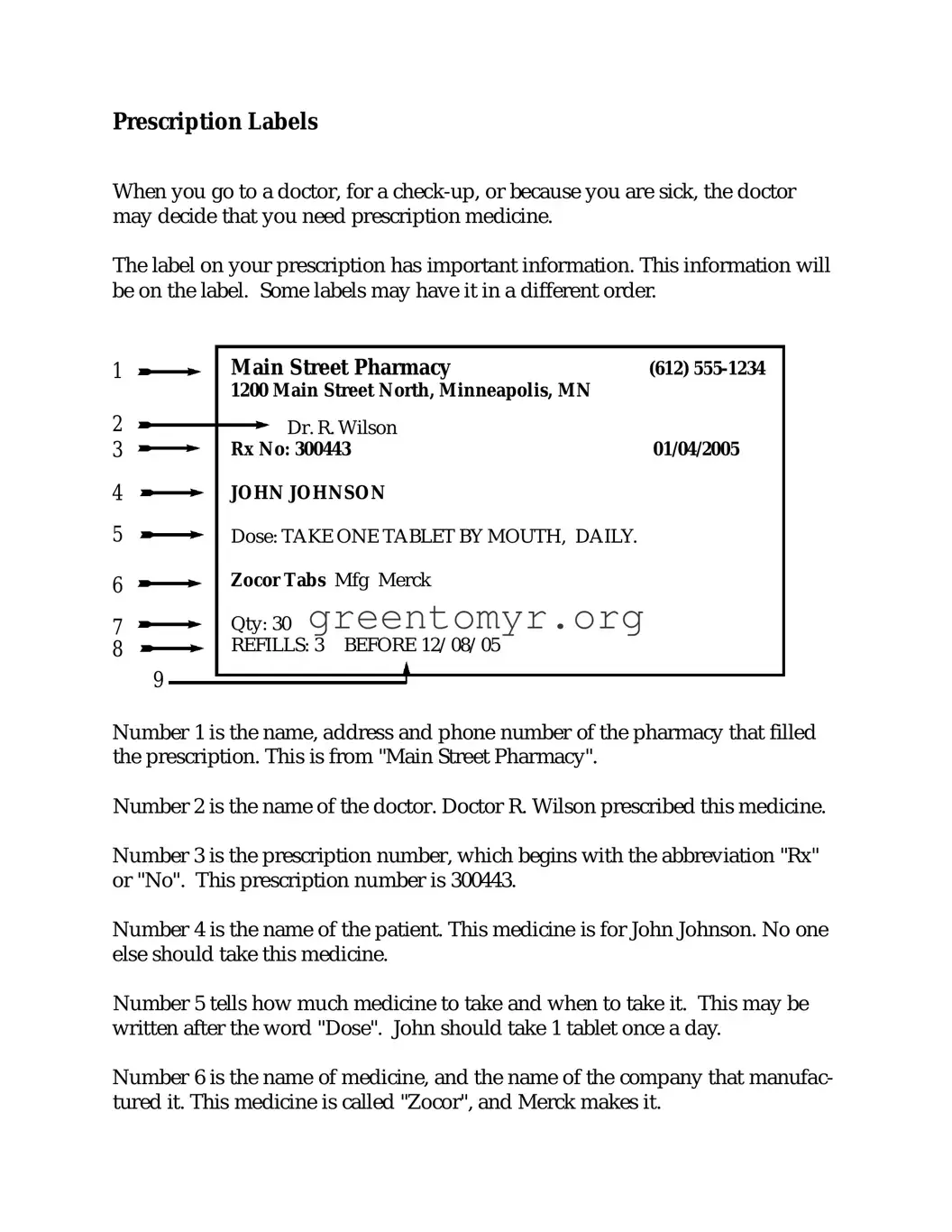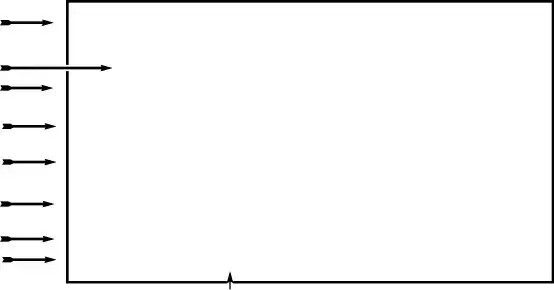The Prescription Label form is a document that provides important information regarding the dispensation of medication. It typically includes the patient's name, medication name, dosage instructions, and prescribing doctor's details. Ensuring accurate information on this label is essential for safe medication use.
Pharmacists and healthcare providers are responsible for completing the Prescription Label form. It should be filled out correctly to provide clear instructions to the patient regarding their medication. Patients themselves should also be able to identify and understand the information on the label.
The Prescription Label form generally includes the following information:
-
Patient’s name
-
Medication name
-
Dosage instructions
-
Prescribing physician's name
-
Pharmacy information
-
Prescription number
-
Refill information, if applicable
To ensure accuracy, all entries on the Prescription Label form must be double-checked against the original prescription. Verifying the patient's details and medication specifics can prevent errors and enhance patient safety. Both the healthcare professional and the patient should take the time to review the label before medication use.
Is it possible to get a new Prescription Label if it is damaged?
Yes, if a Prescription Label is damaged or unreadable, patients can request a new label from their pharmacy. It is important to have a clear and legible label to ensure proper medication usage. Requesting a replacement as soon as an issue is identified is advisable.
What should I do if I find an error on my Prescription Label?
If an error is found on the Prescription Label, it is crucial to contact the pharmacy immediately. Discussing any discrepancies can lead to corrections being made swiftly. Do not take any medication until the issue has been resolved and the label is corrected.
Yes, the Prescription Label form can be used for various types of medications. This includes prescription drugs, over-the-counter medications, and compounded medications. Each type of medication will still require accurate information to be conveyed clearly on the label.
Are there any specific regulations regarding Prescription Labels?
Yes, there are regulations at both state and federal levels governing the information and format of Prescription Labels. These regulations ensure that patients receive clear, accurate, and necessary information about their medications. Compliance with these regulations is the responsibility of the pharmacy and healthcare providers.
What should I do if I lose my medication that has a Prescription Label?
If medication is lost, contact your prescribing physician or pharmacy as soon as possible. A replacement prescription may be issued, depending on the medication and circumstances surrounding its loss. Taking prompt action helps ensure continuity of care and medication availability.
Patients should review the Prescription Label every time they receive medication refills. Changes in dosage, medication, or instructions may occur. Regularly checking the label can help avoid potential confusion and ensures adherence to the prescribed treatment plan.

